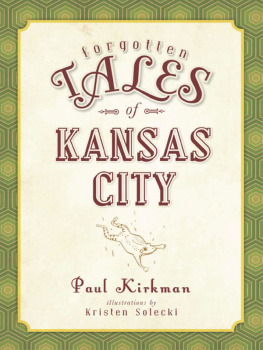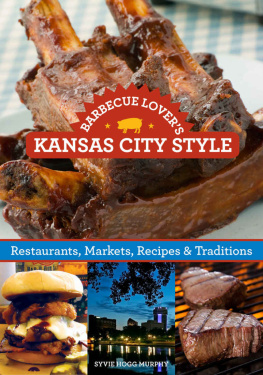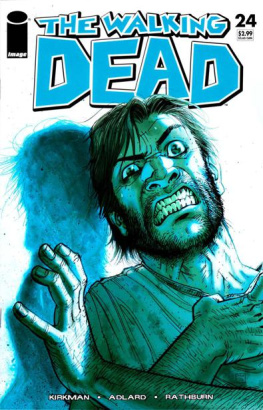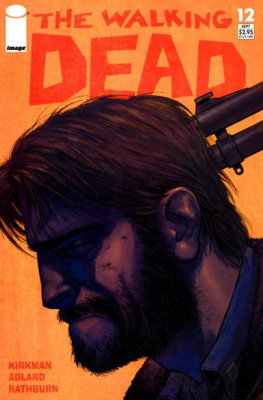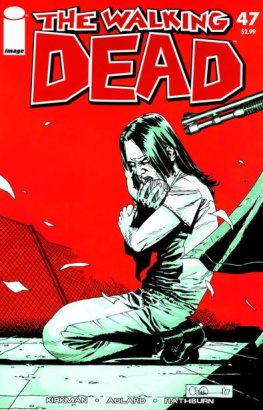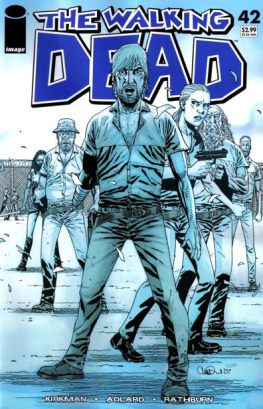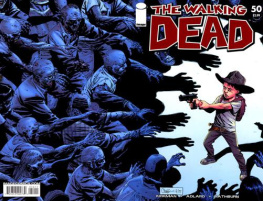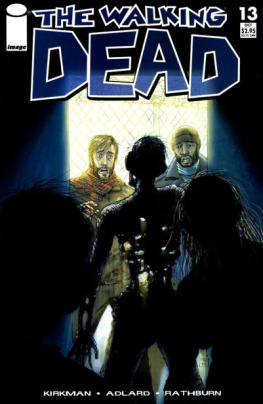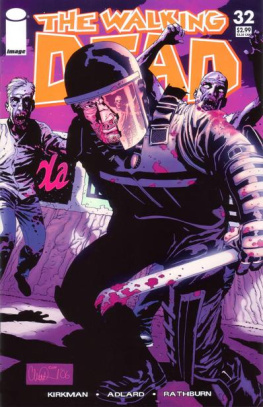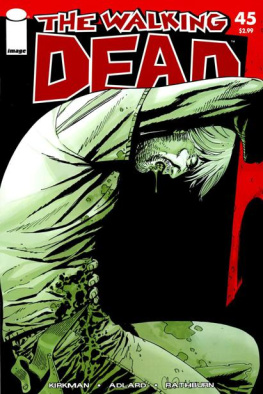Published by The History Press
Charleston, SC
www.historypress.com
Copyright 2020 by Paul Kirkman
All rights reserved
First published 2020
e-book edition 2020
ISBN 978.1.43967.027.9
Library of Congress Control Number: 2020932000
print edition ISBN 978.1.46714.440.7
Notice: The information in this book is true and complete to the best of our knowledge. It is offered without guarantee on the part of the author or The History Press. The author and The History Press disclaim all liability in connection with the use of this book.
All rights reserved. No part of this book may be reproduced or transmitted in any form whatsoever without prior written permission from the publisher except in the case of brief quotations embodied in critical articles and reviews.
ACKNOWLEDGEMENTS
This book would not have been possible without the patience and restraint of my wife, Shawn Kirkman, or the knowledge and efforts of historian David W. Jackson. I admit it; I got behind schedule on this project early on. Sometimes, life just throws more at you than you expect, and you get buried. I could blame it on my other job keeping me too busy or the fact that a lot of my spare time was taken up when we moved across townor any number of other things that everyone else has to deal with while still getting their work done. But I cant, reallynot with she who knows me. I put it off and had to dig in and make up the hours late at night and in the evenings, and she had to live with a hermit for the last several weeks of the project. I put a piece of myself on the paper when I write, and it is a relief and a joy to have accomplished the task. But I didnt do it alone. So, for what its worth, mea culpa, Im sorry, and thank you, Shawn, for being there for me and taking up the slack at home when I had my face glued to a computer screen and my mind a hundred years away.
David W. Jackson, a local author and historic preservationist, started me on my path as an author fourteen years ago, when he was an archives and education director for the Jackson County (Missouri) Historical Society. As he assisted me through my college archival internship, David first tapped me to write an article for the societys journal and, then, to help with research for a history of the 1859 jail, Marshals Home and Museum in Independence. Coauthoring with David for LOCK DOWN: Outlaws, Lawmen and Frontier Justice in Jackson County, Missouri inspired me to continue documenting interesting topics in local history. Since then, Ive published three books; David helped edit the first two. When the deadline for this book loomed weeks away, I made a frantic call to a friend. David willingly took time out of his own projects to help provide several photographs, research and site descriptions, and he helped edit my typos, pouring out with the heightened pace. Forgive us for any errors; we did our best. Since 2000, David has added more than thirty titles to local history bookshelves, either on his own or in concert with others. He continues as a director and archivist for his consulting service, The Orderly Pack Rat, researching, writing, publishing and presenting on all facets of local history and its preservation. Thanks, David.
INTRODUCTION
So, why should a history lover care about Kansas City? After all, its in the middle of flyover country, its not one of the biggest cities in the United States and its not even particularly old. But what a different country and world we would be living in without it. There would be no Mickey Mouse, Disney movies or McDonalds Happy Mealsno Pony Express, no Jesse James and no Wild Bill Hickok. Thered be no Teflon pans, direct dialing, Russell Stovers chocolates or Hallmark cards. Fred Astaire would have danced without Ginger Rogers, and Gone with the Wind would have been without Clark Gable (yes, he got his showbusiness start here). A generation wouldnt have heard Walter Cronkite report everything from the evening news to the Kennedy assassination and the moon landings. We might have never known For Whom the Bell Tolls or the Old Man and the Sea if Hemingway hadnt started his writing career at the Kansas City Star. There wouldnt have been a Japanese surrender on the USS Missouri without President Harry S. Truman, and Truman wouldnt have been a president, senator or dog catcher without the backing of Kansas City boss Tom Pendergasts political machine. Also, if Pendergast hadnt kept Kansas City wide open during Prohibition, the citys jazz scene wouldnt have spawned the Bennie Moten and Count Basie bands, and local jazz musicians, like Charlie Parker, Big Joe Turner and Pat Metheny, would not have had the chance to keep that influence moving forward for decades. Taxes would be even more taxing without Kansas Citys H&R Block. Likewise, thered be no Trans World Airlines (TWA) flying up, up and away or being the most comfortable way to fly without its headquarters in Americas Heartland. Without Kansas Citys Friz Freleng, we wouldnt have Bugs Bunny, Porky Pig, Tweety and Sylvester, Yosemite Sam or the Pink Panther. There would have been no Beverly Hillbillies, Petticoat Junction or Green Acres without Kansas Cityarea screenwriter Paul Henning (read The First Hillbilly: The Untold Story of the Creator of Rural TV Comedy, by his wife, Ruth Henning). The list goes on and on.
Kansas City is in the middle of the United Statesin the middle of the nations commerce, politics and more. The West began here, in earnest, as did the Santa Fe, Oregon and California Trails. The Lewis and Clark Trail passed by here, and the Pony Express rode from here. The first battle lines of the Civil War were formed in Bleeding Kansas, as emigrant aid societies armed and supplied settlers (including John Brown) who were willing to do whatever they deemed necessary to stop slaverys advance. Kansas Citys cowboys, outlaw gangs and larger-than-life lawmen fed into the nations mythology, as easterners were encouraged to go west and grow up with the country. All the while, a steady stream of immigrants was shaping the city, both literally and figuratively, as the wagons of those passing through left deep swales on the roads and those who decided to stay dug into the areas cliffs and hills. Kansas Citys history, though brief when compared to other parts of the country, has been full and noteworthy, and it is an integral, inescapable part of Americas story.
I feel that my biggest challenge as a history writer isnt finding a story worth telling, neither is it having to spend hours researching a topic to find something extra that makes it whole. It isnt plowing through and overcoming the inevitable case of writers block. For me, the challenge has always been staying between the front and back covers of the book. I instinctively want to go back further, connect more dots and explore more relationships. I think if I were an artist, I would have the same sort of dilemmaneeding an ever-larger canvas, because Id want to paint whats happening just beyond the frame. Now, I find myself once again taking on a story that deserves to be told fully but in a format that requires some restraint.
A guidebook, after all, is not meant to serve as an exhaustive study but as a map and compass to help you explore an area of interest without getting lost. With this in mind, I have attempted to be efficient and sufficient in staking out a path that took hundreds of years to blaze. Kansas City grew up at the end of the river route and the head of the wagon trail to the West. The growth of the city at the rivers bend is a big American story, so it naturally involves people from all over the world. To tell it right and keep it contained, I start each chapter with an introduction to an era in Kansas Citys history. Next, I present the





